I love fresh smelling washing. LOVE IT. I know that technically ‘clean’ smells of nothing, but I want everything to smell of jasmine or “blue sky” (whatever the hell that smells like). So the super eco-friendly washing methods of soap nuts and nothing else just robs a little bit too much of my joy. As interested as I am in minimising the chemicals in my home, I am also interested in enjoying being in my home and for me, scent plays a big part in that.
Last winter though, Gavin was getting hellish hayfever symptoms. Itching skin, eyes, blocked nose, and just general head fog. After a lengthy process of elimination, we finally arrived at the culprit. Fabric softener. We changed the brand, we tried eco alternatives but every single one just produced the same effect. We then decided to just use washing powder and no fabric softener. But that was a fail for me too. All of my knitwear came out of the wash with an insane amount of static and I really missed the smell of fresh washing. Everything just smelled of, well, nothing. Clean obviously, but no scent pay off. And I like a scent pay off.
During this saga, I did some due diligence research and found that what I was breathing in as ‘blue sky’ was nothing short of a chemical cocktail of undisclosed nasties. It seems that, shockingly, companies can hide behind CBI (confidential business information) laws to protect their signature scents. Meaning that they don’t have to disclose the upwards of 3,000 chemicals they use to attain a fragrance. These cocktails are often formed of everything from essential oils, synthetics, solvents, and fixatives. With many of them linked to respiratory, dermatological, and even neurological problems. Even those companies who have disclosed the majority of their fragrance ingredients, usually keep a handful secret. I also found this article on the effect of these chemicals on indoor air quality very interesting. It’s based on American studies, but you can bet your bottom dollar that some, if not all, applies to products available here too.
If you’re remotely interested in reducing the toxic load of your home then you must own this book by Alexx Stuart. It’s honestly full to the brim of interesting insights, no-nonsense advice, and lovely recipes. Like this one for natural fabric softener… Which has come in mighty handy and I use every single day (what’s with alllllll the washing once you have kids?!).
Yummy Smelling Natural Fabric Softener
(from Low Tox Life by Alexx Stuart)
Note: Use any sized cup to measure, the ratio is all that matters
20-30 drops of essential oils of your choice
2 cups Epsom Salts
1/2 cup Bicarbonate of Soda (baking soda)Mix the essential oils into the Epsom salts, then add in your bicarb and mix well.
To use, add 1/3 cup of your new fabric softener to the powder drawer in your washing machine.
(I keep a 1/3 measuring cup inside the jar itself for ease of use).
See, so easy. The most difficult part is choosing the scents you want to play with. I’m currently on a sweet orange and rosemary kick.
From experience, I would add a little something in that the book doesn’t mention though. It’s best not to store this in an airtight container. I have noticed some pressure build in the jar I store this in cause a subtle pop when the lid is opened. I still use the same jar, but just keep the lid open slightly, which actually just fills my utility with a lovely scent.
Have any of you tried alternatives to fabric softener with any luck?
Has anyone noticed health issues from using specific household products before?

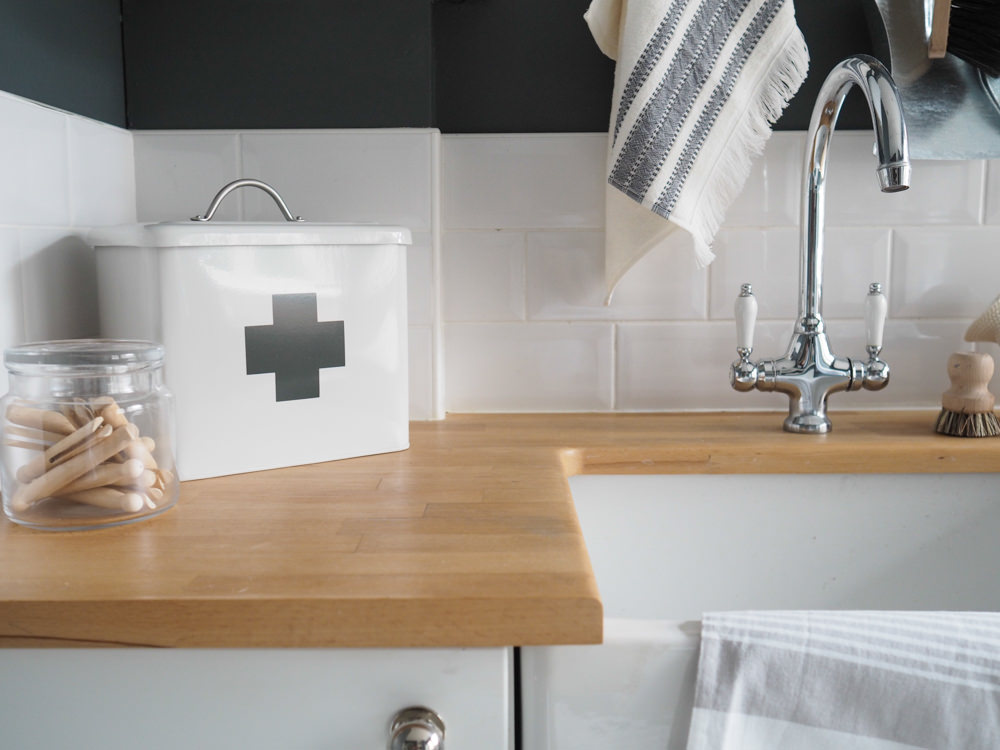



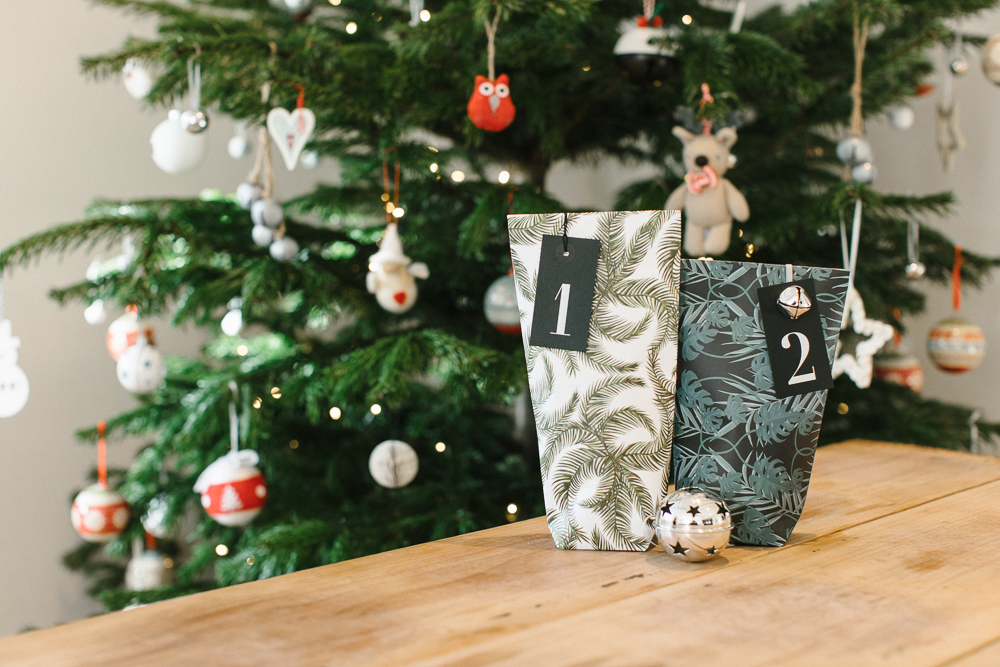
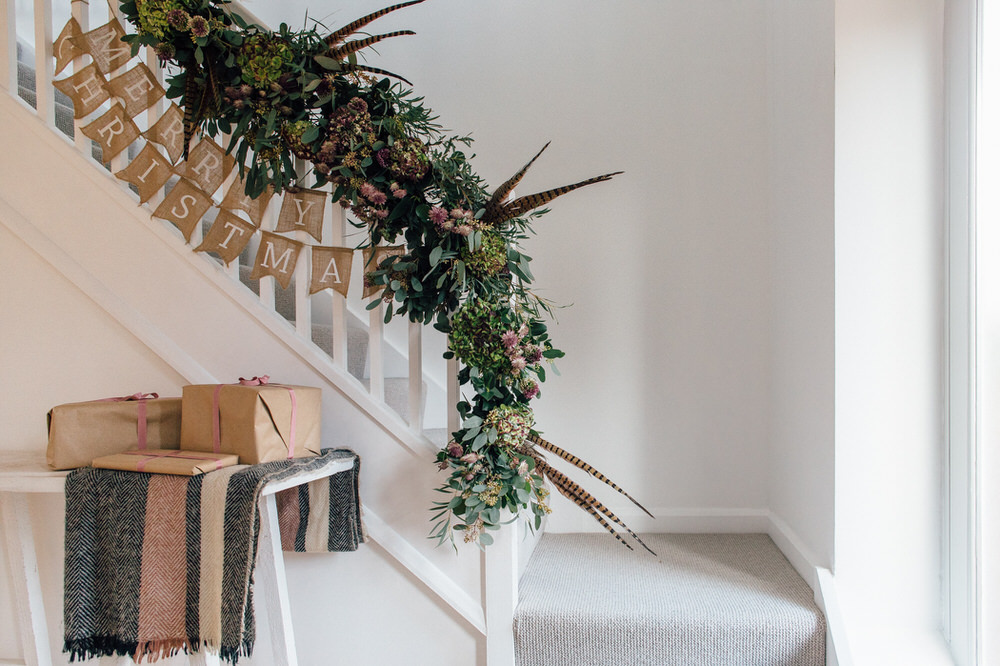
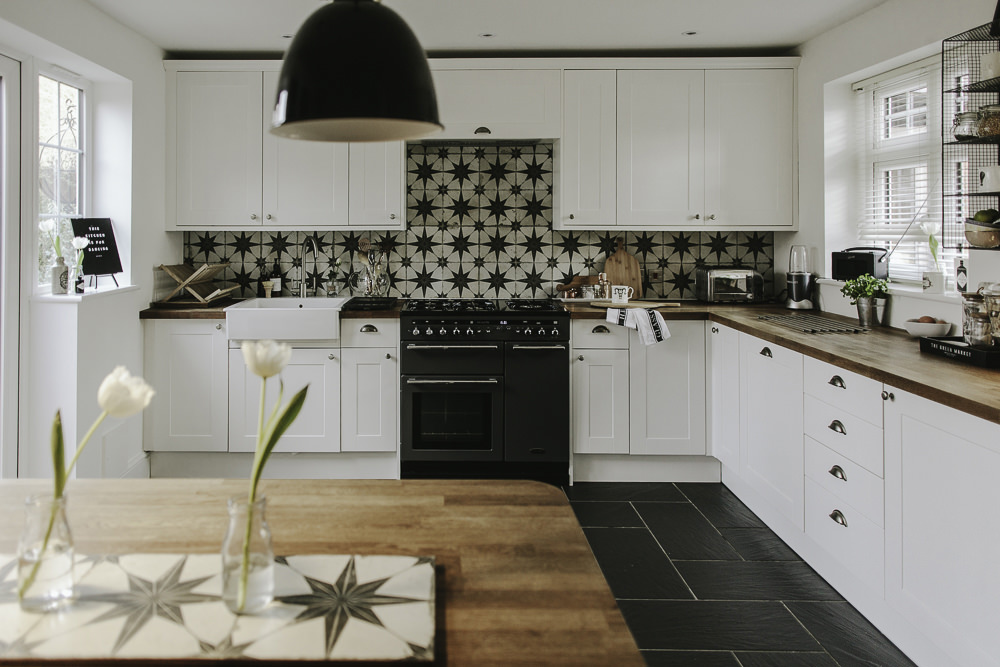


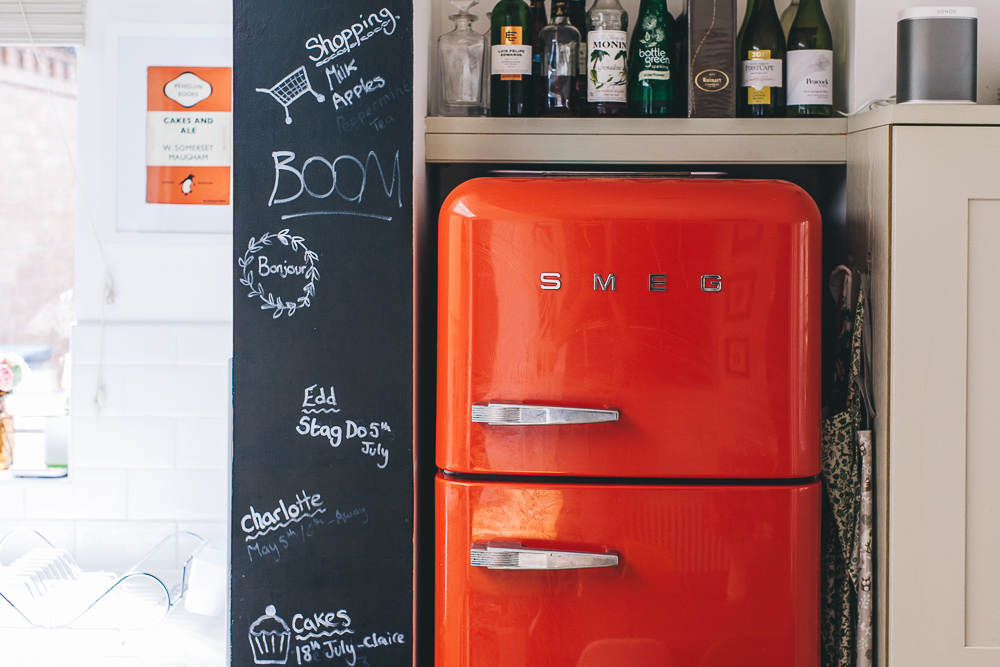
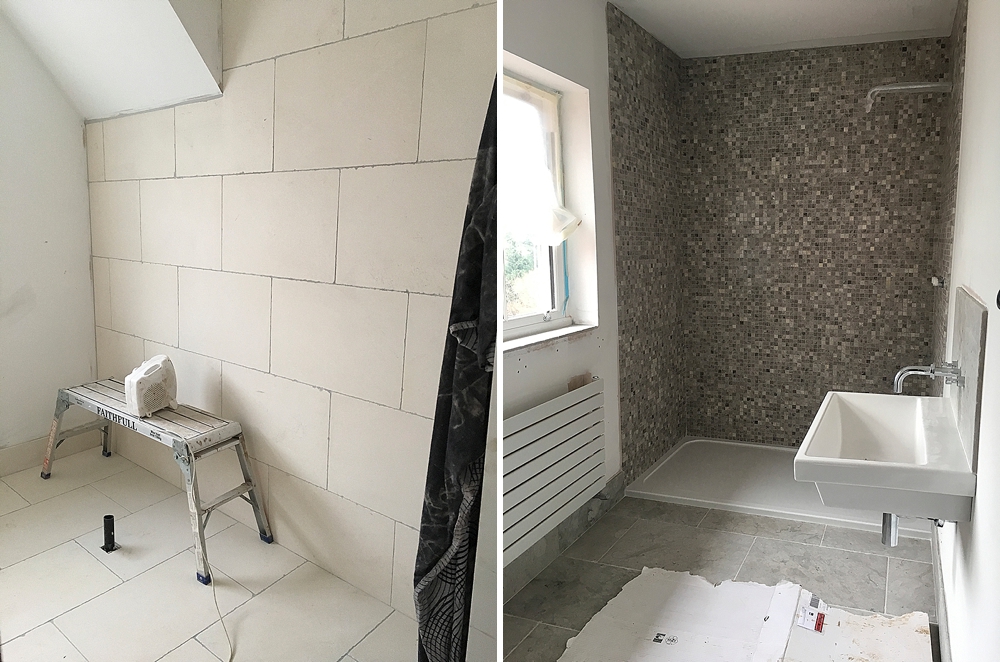
Morning Naomi this is really interesting thank you. How is it working out for you cost wise? Do you buy the bicarb in bulk?
Hi Susie! I just buy the Epsom salts and bicarb in bulk on Amazon. The most expensive element is the essential oils as you’re using a fair bit of them in each batch. But you could stick to a couple of faves to keep the cost down. I haven’t worked out the exact cost but it certainly doesn’t feel like it’s much different from buying standard fabric softener.
I was really interested to read this but the above recipe only makes enough for about 7 washes, I understand that I can make more of it but it does seem like it would be relatively expensive. Have you tried using less than one third of a cup of the mixture in your wash?
I too love the smell of ‘clean’ washing. I do use an ecover one and have significantly cut back on the amount I use. If only I could dry my washing outside everyday – unlikely living in Glasgow!! – as I’d rather my washing had that dried outdoors smell than any perfume / scent.
Like I was saying with Susie, I’ve been buying both main ingredients in bulk and using essential oils I have Roz so I haven’t noticed a big cost involved. I suppose I don’t really have a choice though as any others (we tried Ecover too, but Gav had the same reaction) are out the window.
So with you on that washing line smell and lamenting the fact that we don’t get it often enough in Scotland!
I use Soap nuts (75 washes for £3.99) and am really happy with them. However, if you want to add a little scent to your laundry then a few drops of essential oil do the trick.
I’ve avoided the usual washing powders and softeners for years as the warnings on the side about basically getting yourself to A&E if any product is ingested tells me all I need to know about how horrid the chemicals in them are.
Do you find soap nuts work for badly soiled clothes Siobhan? I have a 1 year old and a 5 year old so I need all the help I can get! 😂
Hmmmm, don’t think they’re so great on badly soiled clothes. Could always up the temp I guess but then you’ll get less washes from them. Best to experiment and see what works for you
Where do you buy your essential oils from? Any recommendations? Thanks.
I refuse to use any vanish products at all after it literally melted the skin on my hand. I worked in a supermarket and was filling the shelf when I noticed a bizarre sensation, upon inspection some powder had leaked through a crack in the container and began to corrode my skin!!